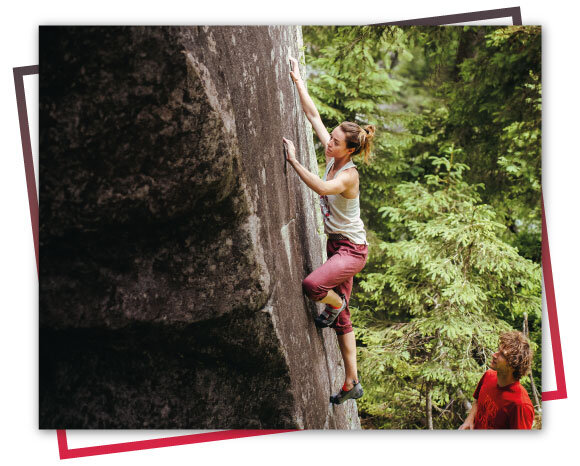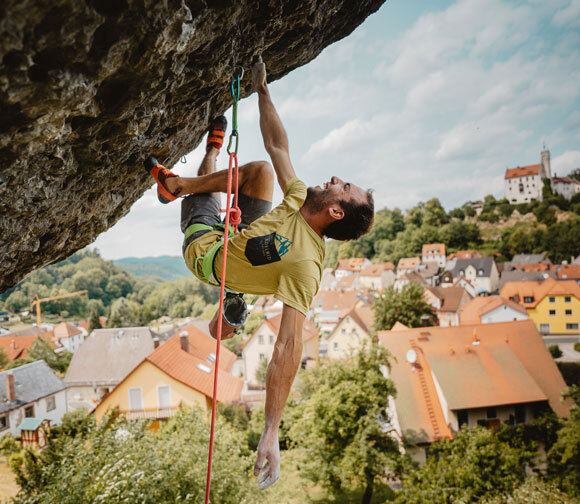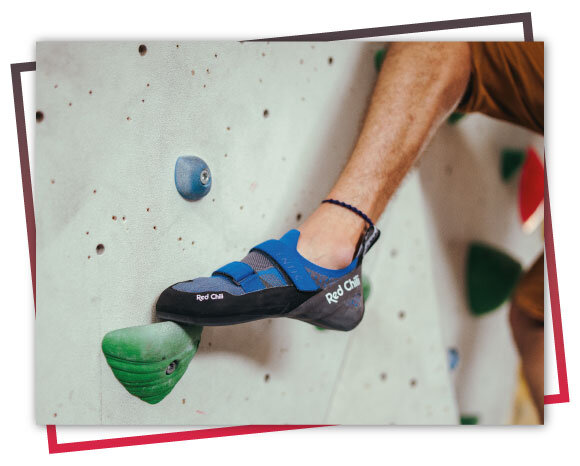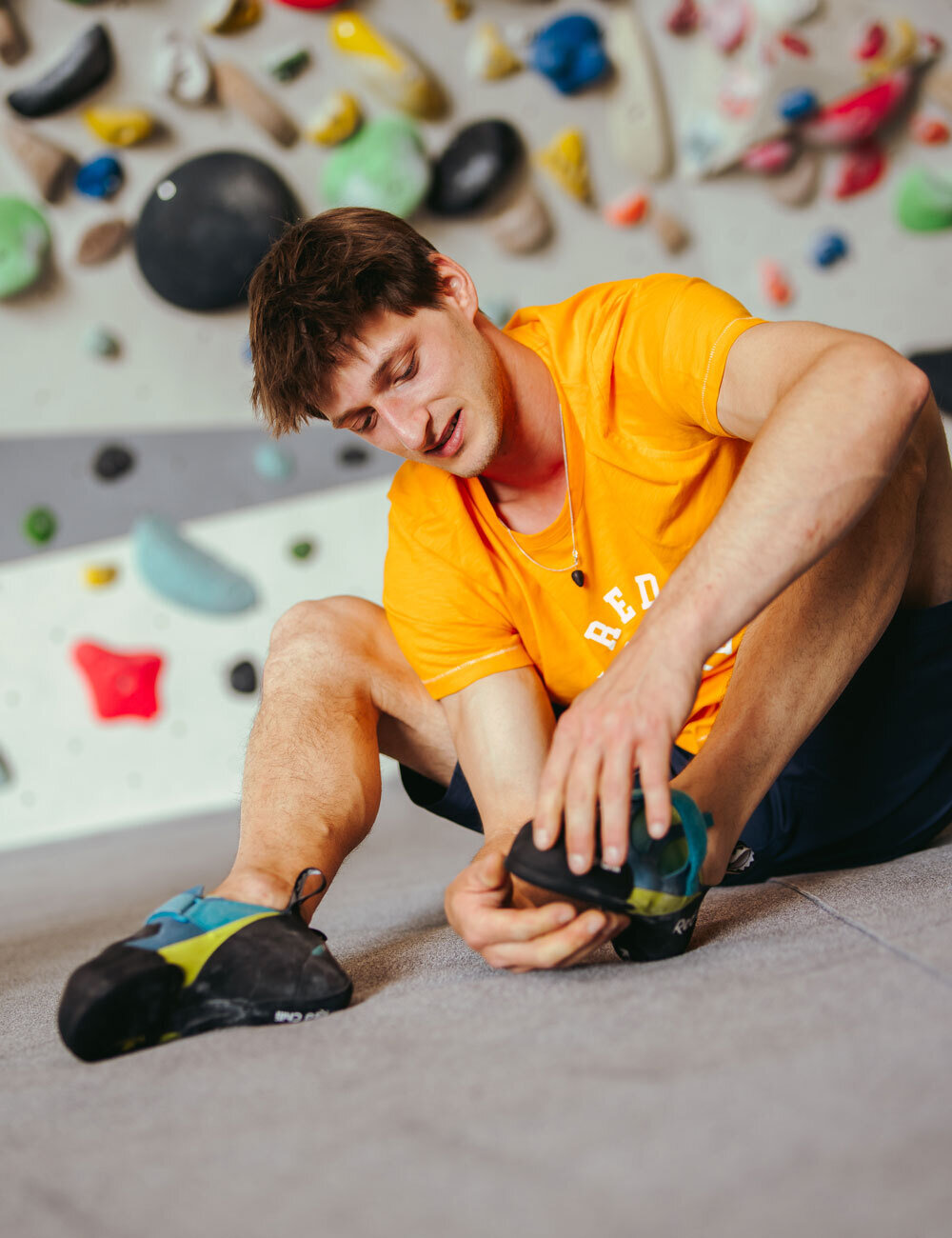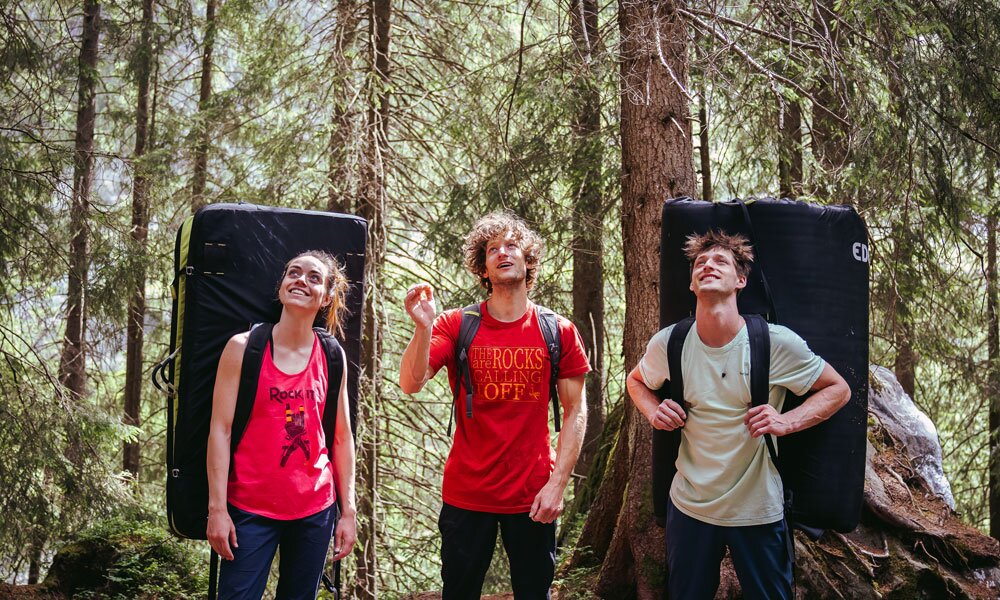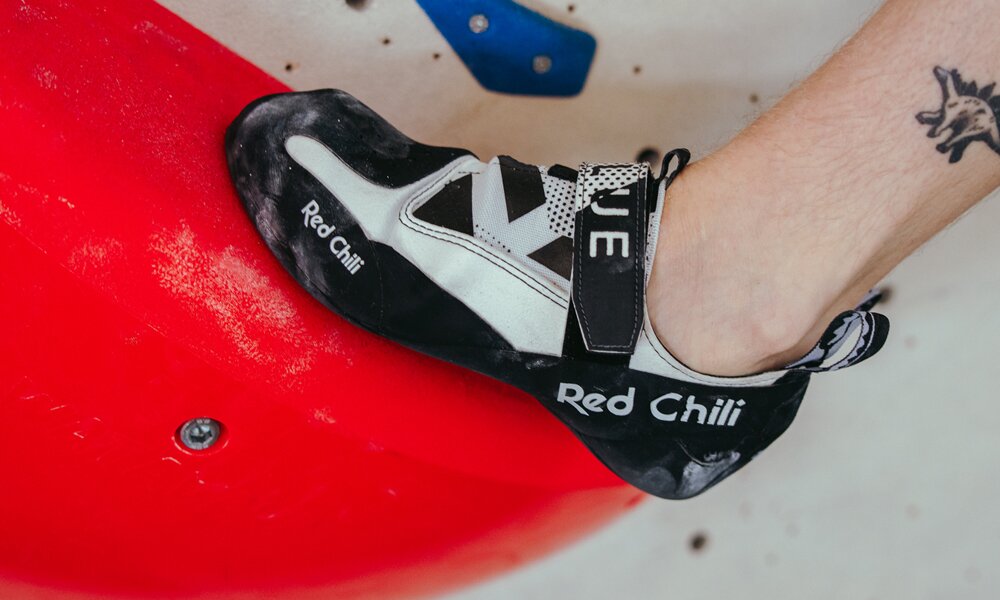If you take a look at an online shop or the shelves in any store, you’ll soon see just how many different climbing shoes are out there. But how do they differ? What do the details and specifications provided by the manufacturers mean? And which shoes should you choose?
This page aims to provide you with an overview of the most important properties and explain what they mean. After all, a feature can be perfect for a particular climbing requirement, but not help your performance in relation to another problem or on another route at all. Development and design teams face the challenging task of using different materials and technologies to combine individual specifications in such a way that the end product achieves the best balance for the respective use.
On each of Red Chili’s product pages, you’ll find a diagram that informs you about the following shoe properties:

